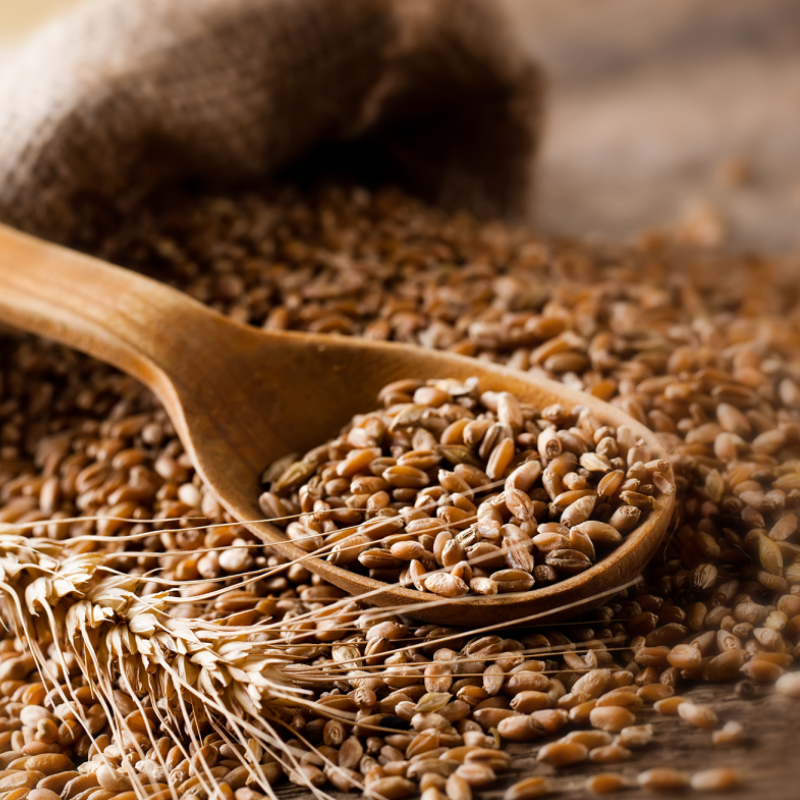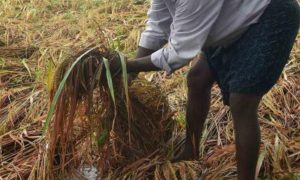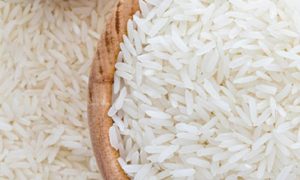Govt’s wheat purchases below target, but sufficient: Data

The Centre’s purchase of wheat for state-held stocks has touched slightly over 26 million tonnes, but is likely to be below a targeted 34 million tonne.
The Centre’s purchase of wheat for state-held stocks has touched slightly over 26 million tonnes, but is likely to be below a targeted 34 million tonne – sufficient to cover all food-distribution programmes and still leave a surplus of about 6-7 million tonne, data seen by HT show.
Wheat-market trends show this year’s output is unlikely to have been a record 112 million tonnes as expected by the government. Hail and untimely rain in April may have shaved off 3-4 million tonnes of output, analysts said.
This is the second straight year of damage to the main winter staple due to extreme winter. In 2022, a prolonged heatwave in March trimmed output to 106 million tonnes, stoking shortages and a price spiral.
Surplus stocks are critical this year due to high (albeit declining) cereal inflation because they will enable the Union government to intervene in the markets as a seller of grains to improve supplies and cool prices.
The Centre purchases cereals at minimum support prices to redistribute them to nearly 800 million beneficiaries of the National Food Security Act and maintain emergency reserves. Last year, the government could purchase only 18 million tonnes of the grain due to the drop in output and heavy exports, which were subsequently banned in May 2022.
Consumer inflation numbers in April, which rose at their slowest pace in 18 months, show prices of cereals, milk dairy products and pulses continuing to be uncomfortably high for households.
For the average consumer not covered by subsidized foodgrains, inflation in basic cereals stood at 13%. That in rice and wheat continue to be elevated at 11.4% and 15.5%. And in milk and milk products, it was 8.85%. Both cereals and milk have high weight in the Consumer Price Index used to calculate price rise.
According to calculations of the Food Corporation of India, the state-owned grain agency, the government will require nearly 18 million tonnes to cover all state-run food-security schemes. Procurement, which refers to the FCI’s purchases, is likely to be between 27-28 million tonnes.
Procurement has nearly come to end in Haryana, while the government has reported a drop in purchases from Uttar Pradesh, the largest grower.
Good quality wheat prices continue to rule slightly above floor prices set by the government. Forecasts of a looming El Nino, a monsoon-disrupting weather pattern, have been a worry for the government. Traders are holding on to stocks in case a drought strikes, elevating prices, said a grain trader from Rajasthan, requesting anonymity. Lower wheat output due to extreme weather, than forecast officially at 112 million tonnes, too is a reason, another trader said.













